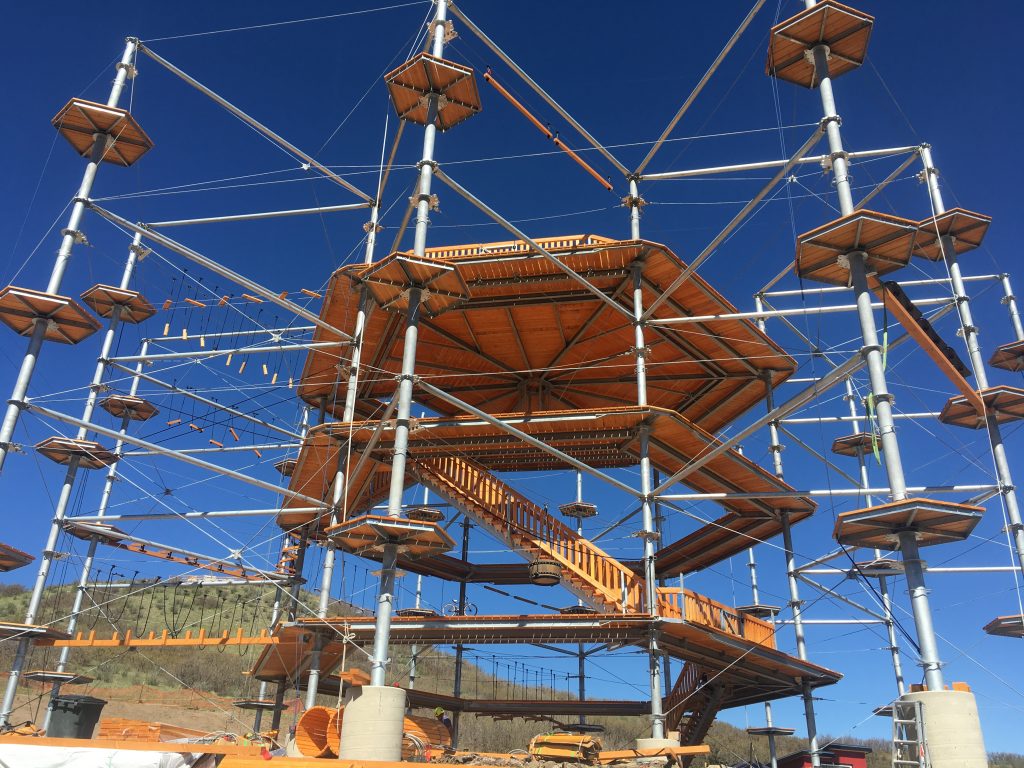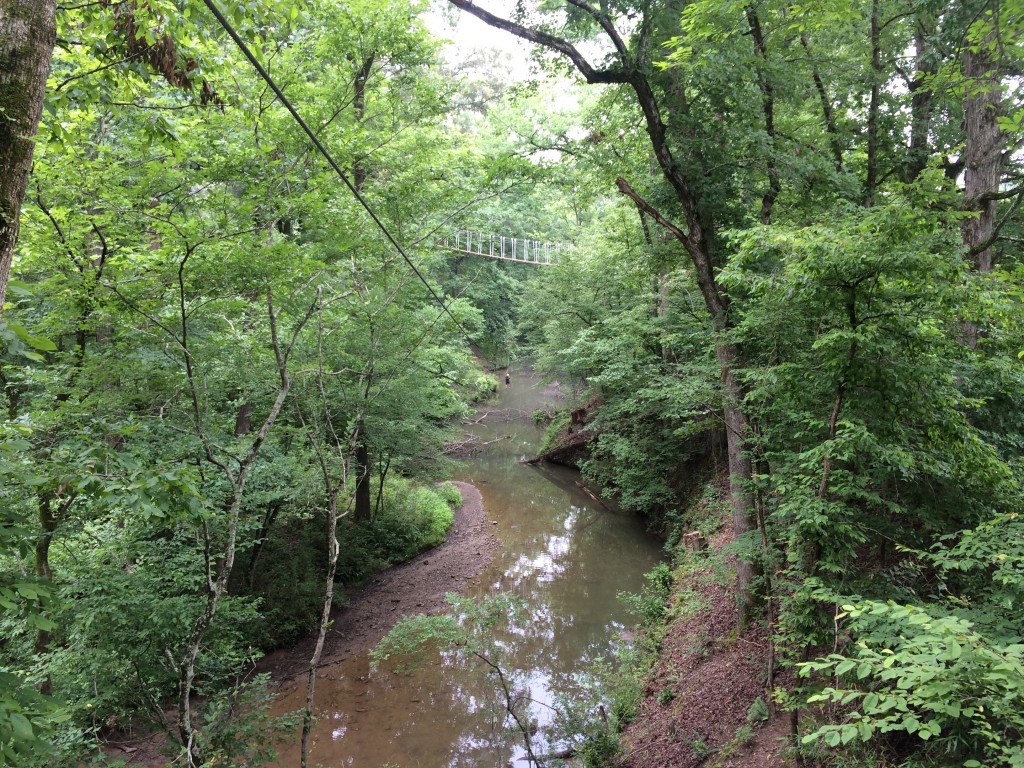This article originally appeared on Adventure Park Insider
Question: I am doing my homework on how to obtain financing for my aerial park; can you suggest any terms or keywords I should use when talking to lenders? Anything I should avoid saying?
There are two primary sources of funding we typically see for aerial adventure parks: banks and private investors. Each one will want to know some keys pieces of information from you.
Banks will want to know about personal guarantees, collateral, and of course they’ll want to see your business plan.
Personal Guarantees: Unless you have other profitable businesses, a bank will want to get you and any private investors to commit to being responsible for the loan should the business default on the loan.
Collateral: Real estate purchased for the business and any structures added to the property are regularly used as collateral. Unfortunately, the aerial park itself is often not considered for collateral, since the bank will not be able to get full value for poles and cables that are repossessed. The equity available in your home is oftentimes included for collateral, also.
Business Plan: A well thought out business plan is critical for a bank to take you seriously. It will detail your research into the marketplace, how you will operate your park, and highlight the expertise of your team. It also details the financials of the business and how the business will make money. Private investors are a bit different from banks and will want to know a few more details. These details include your expected ROI, EBITDA, and your valuation of the business.
ROI: Return on Investment. This ratio is expressed a few different ways: The first is in the number of years it will take to get their initial capital back (typically, private investors want a return within three years). It can also be represented as an average of what percentage of their money is returned on an annual basis (a three year ROI works out to 33.33 percent, annually).
EBITDA: Earnings Before Interest, Taxes, Depreciation, and Amortization. This calculation is essentially a way to measure performance without having to factor in financing structures, accounting decisions, or how the business is taxed.
Valuation: the current value of the business. As a start up company without any operating history, the value of your business will most likely be whatever your start up costs are. Thus, if you spend $1 million to open the business, it is valued at $1 million to a potential investor. Now, should you be anticipating a higher than average return on investment, you may be able to get a higher valuation.
No matter what direction you end up going—banks, private investors, or both—you are going to need to know your numbers inside and out! The more prepared you are, the better your chances of obtaining funding.
The worst thing you can say is “I don’t know.” A better response is, “I’ll find out and get you an answer, ASAP.”
Good luck to you, and I look forward to climbing in your new park!


